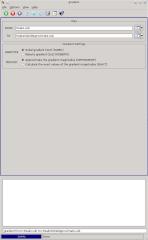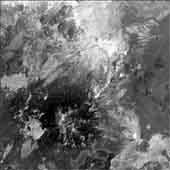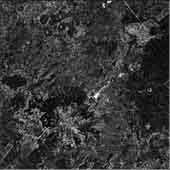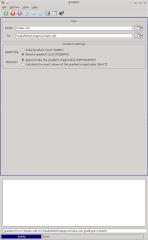gradient
Apply Sobel or Roberts gradient to a cube
This program will apply a Sobel or Roberts gradient filter to a cube.
These gradient filters will highlight edges of an image. Gradient filters typically are used
to highlight the differences in the brightness of adjacent pixels in a cube, and also the
edges of the transitions in the image data.
The output will contain the calculated magnitude of the spatial graident of the input cube.
The calculation method can be set to either exact or approximate and can be
specified with the 'METHOD' parameter.
NOTE: When a calculation must be done where one or more values are
special pixels, the output will be NULL. If this causes unexpected
results, you can run stretch to change ithe input special pixel(s) to
a Digital Number (DN) that is appropriate for calculation.
For example, if the image contains High Instrument Saturation (HIS)
values, you may choose to stretch these to 255 prior to running the gradient filter.
Categories
History
| Tracie Sucharski | 2002-12-18 | Original version |
| Kim Sides | 2003-05-13 | Added application test |
| Stuart Sides | 2003-05-16 | Modified schema location from astogeology... to isis.astrogeology..." |
| Stuart Sides | 2003-07-29 | Modified filename parameters to be cube parameters where necessary |
| Drew Davidson | 2005-08-16 | Added examples |
| Brendan George | 2005-11-07 | Modified to handle Special Pixels |
| Ian Humphrey | 2015-05-18 | Added METHOD parameter to allow for either exact or approximate calculation of the gradient magnitude. Updated and added tests. Updated documentation. Fixes #1741. |







